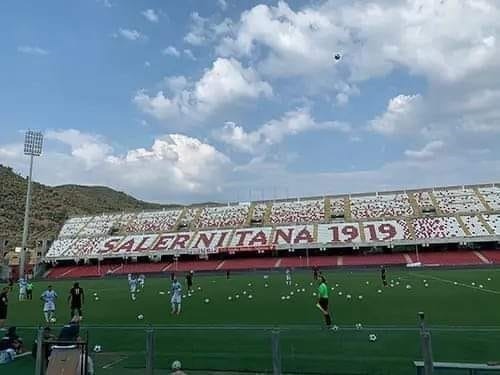The most visited place in the Seaside Regional Park is the cliff of Olando Kepurė mountain. From this, the highest place on the coast of Lithuania, it is magical for many to look into the distance of the Baltic Sea. While traveling along the “Litorina” educational trail, which starts at this natural heritage site, you can admire various types of trees, ditches formed by springs, and breathe in the purified air of pine forests and the sea.
A seaside attraction
Holland’s Hat, a cliff between Girulii and Karkla, a natural heritage object, is the most visited place on the road from Klaipėda to Karkla. The height of the cliff is about 24 m. The view and relief of this natural monument are constantly changing due to the powerful battle of the waves of the Baltic Sea and the numerous underground springs that erode the slope. Sandslides slide into the sea, dragging down trees as well. According to naturalists, this continuous process is considered one of the most valuable features of Holland’s Cap, a natural monument.
Holland’s Cap attracts many visitors in all seasons. Their curiosity is especially heightened when they hear about landslides. This year, it was already spread in the public space. “There are always landslides here, but this year it is not special – only journalists made it very famous,” smiled Danguolė Urbienė, assistant to the elder of Kretingalė ward of Klaipėda district. – These processes are ongoing. In the spring, when the fall starts to go, the soil layers are broken up, and some of the sand slides down with the trees. The dunes are being destroyed, but you cannot stop this process. Holland’s Cap is more affected by storms and hurricanes.”
This natural heritage object attracts people all year round – they come from all over Lithuania to admire it. “It’s nice to have a beautiful corner of nature that everyone can enjoy – there is the “Litorina” educational trail. Well, if we didn’t step on it with our feet, maybe the decay of the cliff would be slower”, thought D. Urbienė.
“Litorina” pedestrian path
The cliff of Holland’s Hat in the Pajūris Regional Park was formed by the Baltic glacier 12-15 millennia ago. It is a parabolic dune built on a moraine ridge. This place is intensively eroded by sea waves. The cliff has long been a landmark for sailors and fishermen, as it stood out well against the sandy plain when covered with trees. It is assumed that the cliff was named Holland’s Cap because of its resemblance to a Dutch hat when viewed from the sea side. Once upon a time, Dutch merchants and sailors lived in the village of Turlak (later Tauralaukis manor), who are believed to be the authors of this name.
At Holland’s Cap, there is a rest area and information stands that provide detailed information about the origin of this geological formation. The pedestrian route is marked with information columns – the “Litorina” educational trail. It starts at the observation deck of Olando Kepurės cliff and leads along the upper ledge of the cliff and slope to the parking lot south of Kukuliškių mound. The length of the educational trail is 2.5 km.
It is interesting that the coastline of the old Litorina Sea, which existed 8 thousand years ago, has been preserved from the Olanda Kepurė cliff towards Klaipėda. It rises well above the current sea level, so walking along this route you can admire great panoramas, enjoy the preserved old coastal forest, planted a century ago, more reminiscent of a manor park.
Is it currently safe to walk along the “Litorina” path? “If you follow all the safety requirements and precautions, there is no danger, but do not forget that nature is full of ticks, so it is advisable to walk only on established paths,” advised Irma Pamedytė, deputy director of the Klaipėda District Tourism Information Center. – At the moment, the condition of the Olando Kepurė cliff is stable, natural erosion processes are taking place here – every year a part of the cliff moves away, but it does not pose a great danger. Of course, due to the high flow of visitors, the erosion of the upper ledge of the cliff is felt.”
Virginia LAPIENĖ
Author’s photo.




#Hollands #Cap #trampled #thousands #visitors
– 2024-03-31 07:31:16


